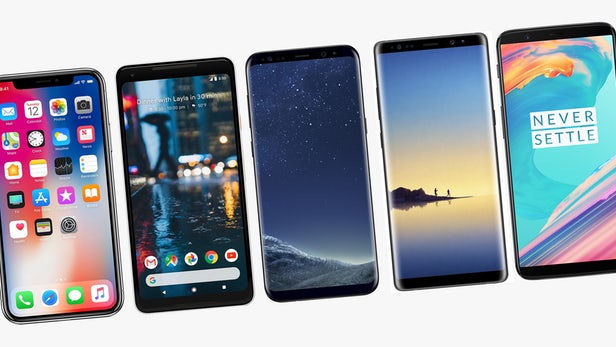Over the last five years, consumers have purchased an astounding 9.3 billion smartphones, a trend that is showing no signs of slowing down. According to data from Jemlit.com and Statista, another 8.5 billion new devices are expected to be sold globally by 2030. This remarkable surge is driven by a mix of factors, including rapid technological advancements, the widespread availability of affordable models, and a culture of shorter upgrade cycles.
Despite economic challenges like the COVID-19 pandemic and inflation, consumer spending on smartphones has remained incredibly strong. The modern smartphone is no longer just a communication device; it’s an all-in-one gadget for finance, entertainment, and business. Consumers are eager for the latest tech from high-end cameras and foldable screens to smart assistants and are willing to spend big to get it. This desire for cutting-edge technology, combined with a flood of budget-friendly models in emerging markets, has created a perfect storm that continues to fuel sales.
For more than a decade, annual smartphone sales have consistently topped 1.5 billion units. In 2024 alone, 1.63 billion new smartphones were sold, and this upward trend is projected to continue. Analysts forecast annual sales will reach 1.65 billion in 2025 and grow by an average of 20 million units each year, reaching 1.75 billion by 2030.
The growth isn’t just in volume it’s also in revenue. Between 2020 and 2024, the global smartphone market generated between $420 billion and $470 billion annually. This amount is comparable to the GDP of a mid-sized economy. Projections indicate that industry revenue will surpass half a trillion dollars for the first time in 2026, with consumer spending adding an additional $18 billion to $20 billion each year. This will drive the global smartphone market to a staggering $560 billion by 2029.
The sheer volume of smartphone sales is even more striking when compared to other popular tech devices. By 2030, people are expected to buy six times more smartphones than laptops, tablets, and desktop PCs combined.
- Tablets: Consumers are projected to buy 951 million tablets by 2030, nearly nine times less than the number of smartphones.
- Laptops: The gap is even wider here, with projections of only 441 million new laptops, which is 19 times less than smartphones.
- Desktop PCs: Trailing far behind, just 65 million desktop PCs are expected to be sold, making the smartphone market 130 times larger in volume.
This remarkable growth solidifies the smartphone’s position as the dominant device in the tech landscape and a major driver of the global economy.


